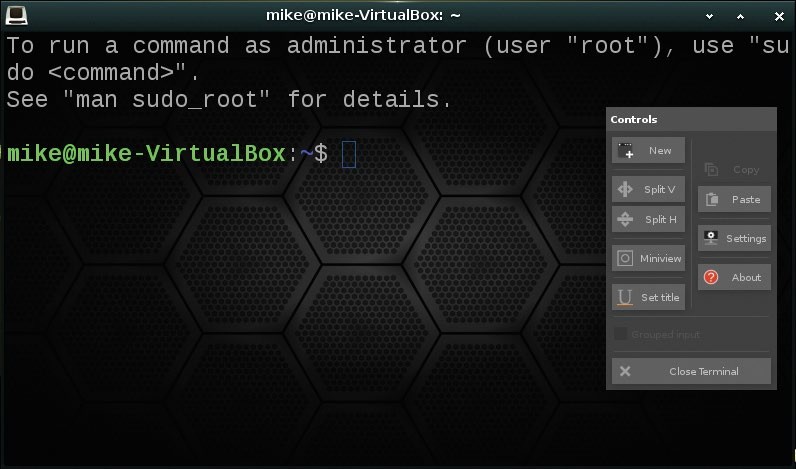ike all these distros, Lubuntu comes with Firefox as the browser. Beyond that, there is a smattering of essential L utilities that have a bias towards being Qt-based and lightweight. The PCManFM file manager is a good example in its Qt variant. It fits in well with the LXQt desktop. The Full install option adds weightier options such as the excellent Krita image editor and the Element chat client. To be critical, some of the utility apps look too lightweight for a general-purpose distro.
Bodhi supplies only a set of core utilities. This includes a few unique apps like the terminal emulator, and lightweight options such as the Thunar file manager. Thunar is customised to give it a look that fits into the rest of the desktop. Ephoto is a bare-bones photo manager that harks back to the days of the Enlightenment desktop. Bodhi gives you the basic apps you need to get started.
Elementary OS comes with a basic set of apps, but it can be difficult to get a full handle on whether they are original apps or forks of Gnome ones. It comes with Gnome-like apps that cover areas such as file management and a calendar. However it’s accomplished, the file manager, for example, is well customised to fit in with the desktop and resembles Gnome Files.
Most of Mint’s utilities such as its text editor, partition manager and file manager, are similar to those of Gnome. However, the more complex Nemo has been chosen as the file manager rather than plain old Files. It is accompanied by some substantial apps such as the Rhythmbox music manager. Overall, Mint has a good set of basic apps suitable for reasonably modern computers.

Bodhi features Terminology as its terminal application. Like many features of the desktop, “quirky” is probably the best word to describe how it looks and works.